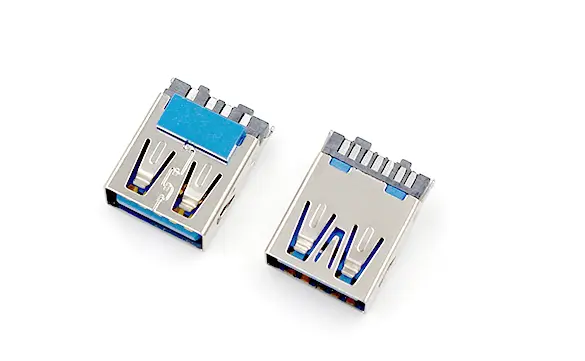How to make a injection mould-Five steps of injection mold manufacturing process
Injecting molding is a popular manufacturing process used to create parts and products by injecting material into a mold. This allows for the production of a wide range of items, from small components to larger products. If you are interested in learning how to make an injection mould, here are five crucial steps in the injection mold manufacturing process that you should know about.
Designing the Mold

The first step in the injection mold manufacturing process is designing the mold. This involves creating a detailed and precise design for the mold to ensure that it will produce high-quality parts. The design process includes taking into account factors such as the shape and size of the part, the material to be used, and the specific requirements of the production process.
During the mold design phase, it is essential to work closely with the product designer and the manufacturing team to ensure that the mold will meet all the necessary specifications. This includes considering factors such as the cooling system, the gate design, and the ejection system, among others.
Once the mold design has been finalized, it is essential to create a prototype of the mold. This will allow for testing and validation of the mold design before the manufacturing process begins. The prototype can also be used to identify any potential issues or improvements that need to be made before moving on to the next phase of the manufacturing process.
Creating the Mold
Once the mold design has been approved and validated, the next step in the injection mold manufacturing process is creating the mold. This involves using a variety of techniques and tools to fabricate the mold, including CNC machining, EDM (electrical discharge machining), and 3D printing.
CNC machining is a popular method for creating the mold because it allows for precise and accurate machining of the mold components. This involves using a computer-controlled machine to remove material from a block of metal, plastic, or other material to create the desired shape and specifications.
EDM is another essential technique used in the mold manufacturing process, especially for creating complex shapes and features that are difficult to achieve with traditional machining methods. This process involves using electrical discharge to remove material from the workpiece, allowing for precise and intricate details to be created.
3D printing is also becoming increasingly popular for creating molds, especially for prototypes and small production runs. This additive manufacturing process involves depositing material layer by layer to build up the mold, allowing for complex designs and shapes to be created with minimal material waste.
Testing and Optimization
Once the mold has been created, it is essential to test and optimize it to ensure that it will produce high-quality parts. This involves conducting a series of tests and trials to verify the mold's performance and identify any potential issues that need to be addressed.
One crucial aspect of testing and optimization is ensuring that the mold will produce parts that meet all necessary specifications and quality standards. This includes conducting dimensional and functional tests to verify that the parts produced by the mold are accurate and free from defects.
Another essential aspect of testing and optimization is identifying and addressing any potential issues with the mold, such as flow lines, sink marks, and warpage. This may involve making adjustments to the mold design, the processing parameters, or the material being used to ensure that the parts produced are of the highest quality.
Production and Monitoring
Once the mold has been tested and optimized, the next step in the injection mold manufacturing process is production and monitoring. This involves setting up the injection molding machine and running a series of production trials to validate the mold's performance and ensure that it will produce high-quality parts consistently.
During the production process, it is essential to monitor the mold's performance and the quality of the parts being produced continuously. This includes conducting regular inspections of the parts for defects and dimensional accuracy, as well as monitoring the processing parameters to ensure that the mold is operating within the specified limits.
It is also crucial to establish a maintenance and monitoring schedule for the mold to ensure that it will continue to perform optimally over time. This may involve implementing a regular cleaning and maintenance routine, as well as conducting periodic inspections and tests to identify any potential issues with the mold.
Post-Production Analysis
The final step in the injection mold manufacturing process is post-production analysis. This involves conducting a comprehensive analysis of the mold's performance and the parts produced to identify any potential areas for improvement and optimization.
One critical aspect of post-production analysis is conducting a detailed review of the production data to identify any trends or patterns that may indicate potential issues with the mold or the production process. This may involve analyzing factors such as cycle times, scrap rates, and part quality to identify any potential areas for improvement.
Another essential aspect of post-production analysis is soliciting feedback from the production team and other stakeholders to gain insights into the mold's performance and identify any potential areas for improvement. This may involve conducting surveys, interviews, or other feedback mechanisms to gather input and suggestions for optimizing the mold and the production process.
In conclusion, the injection mold manufacturing process is a complex and multi-faceted process that requires careful planning, design, and execution to produce high-quality parts consistently. By following the five crucial steps outlined in this article, you can learn how to make an injection mold and produce high-quality parts for a wide range of products. Whether you are a seasoned professional or a newcomer to the world of injection molding, understanding these essential steps will help you achieve success in your mold manufacturing endeavors. Thank you for reading!
+86 13433648351





